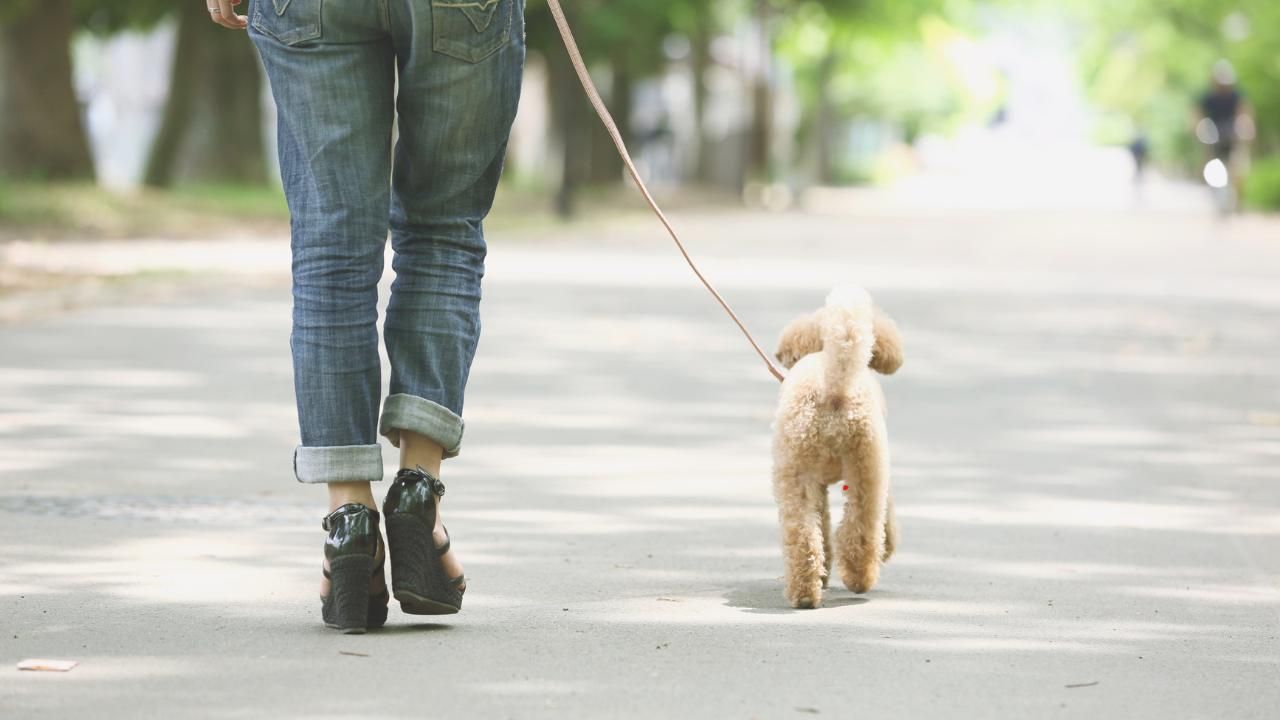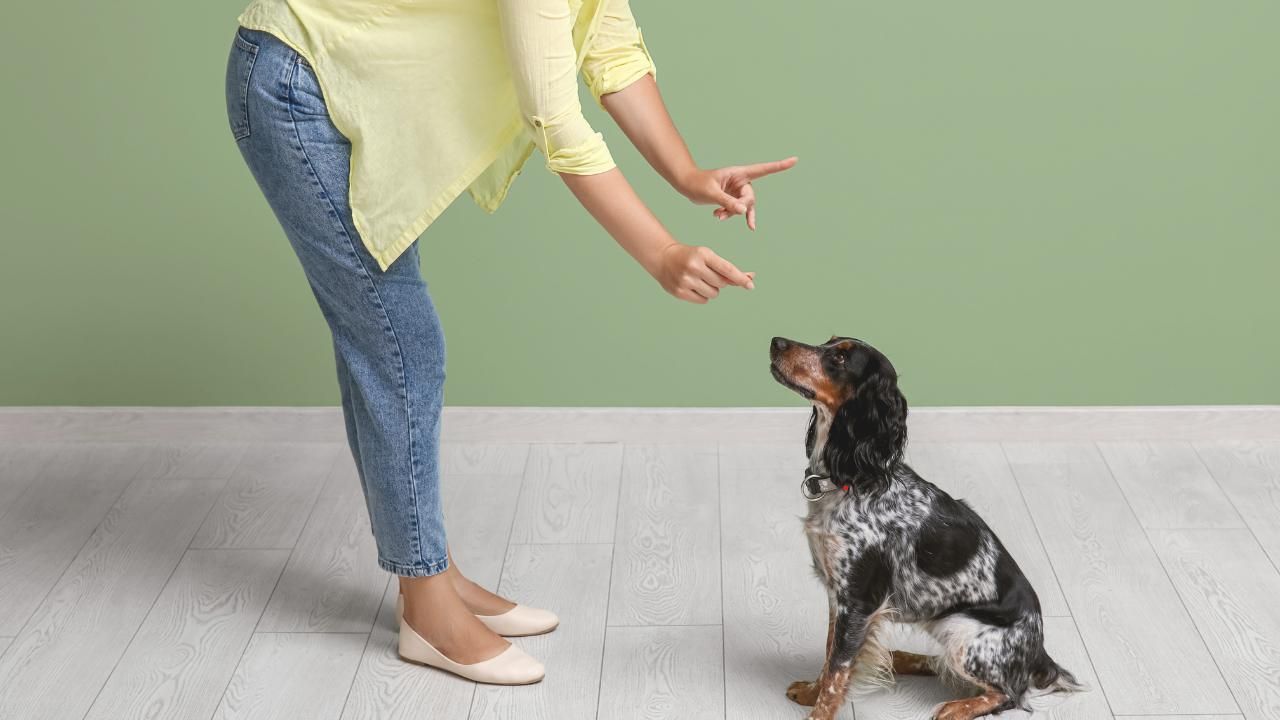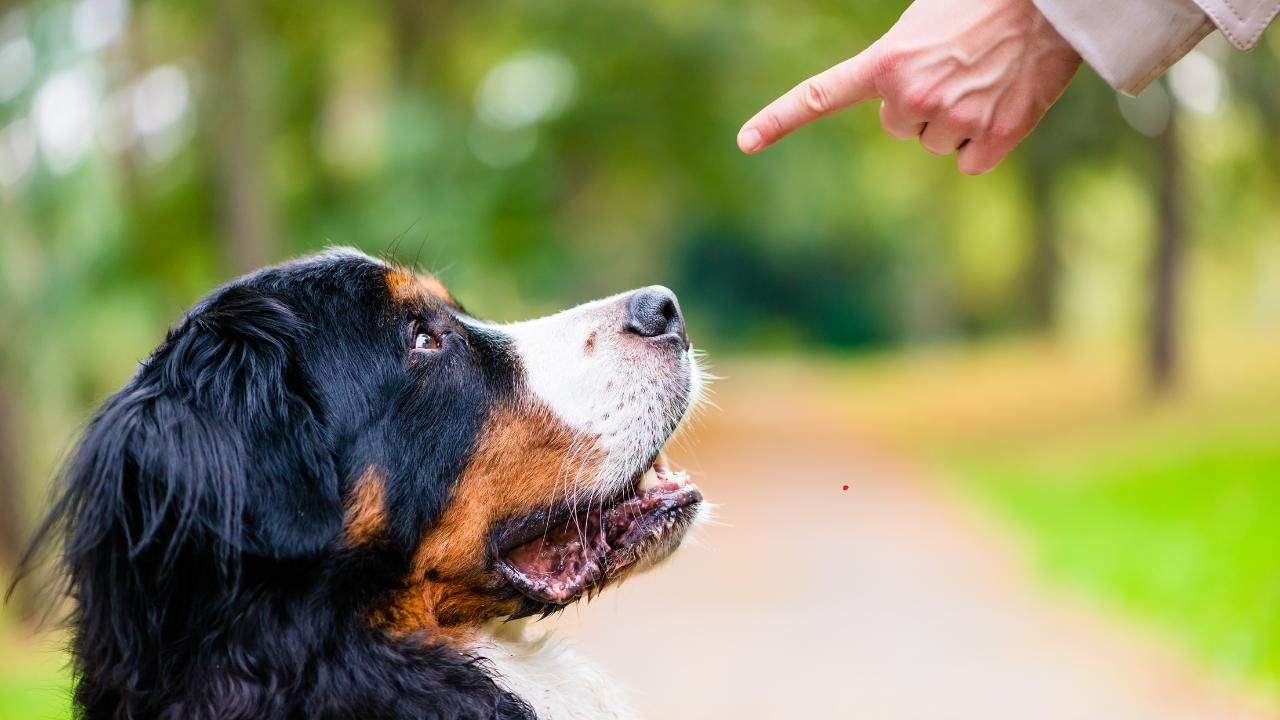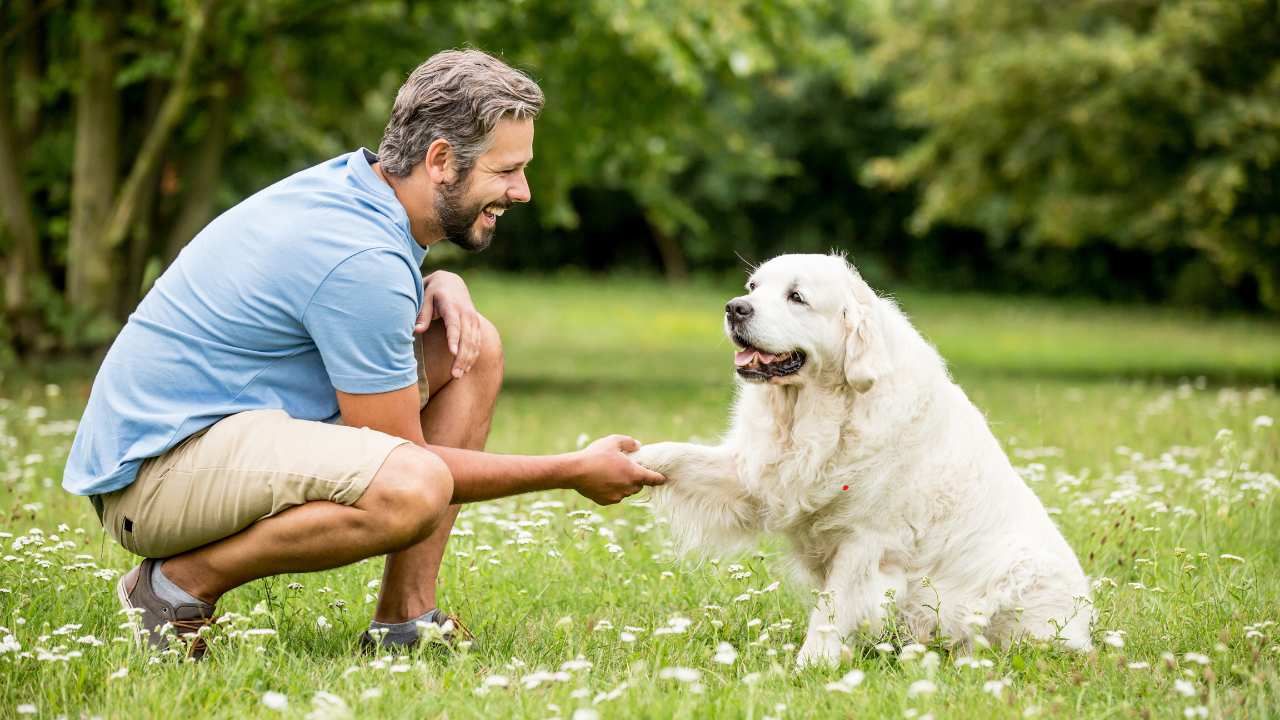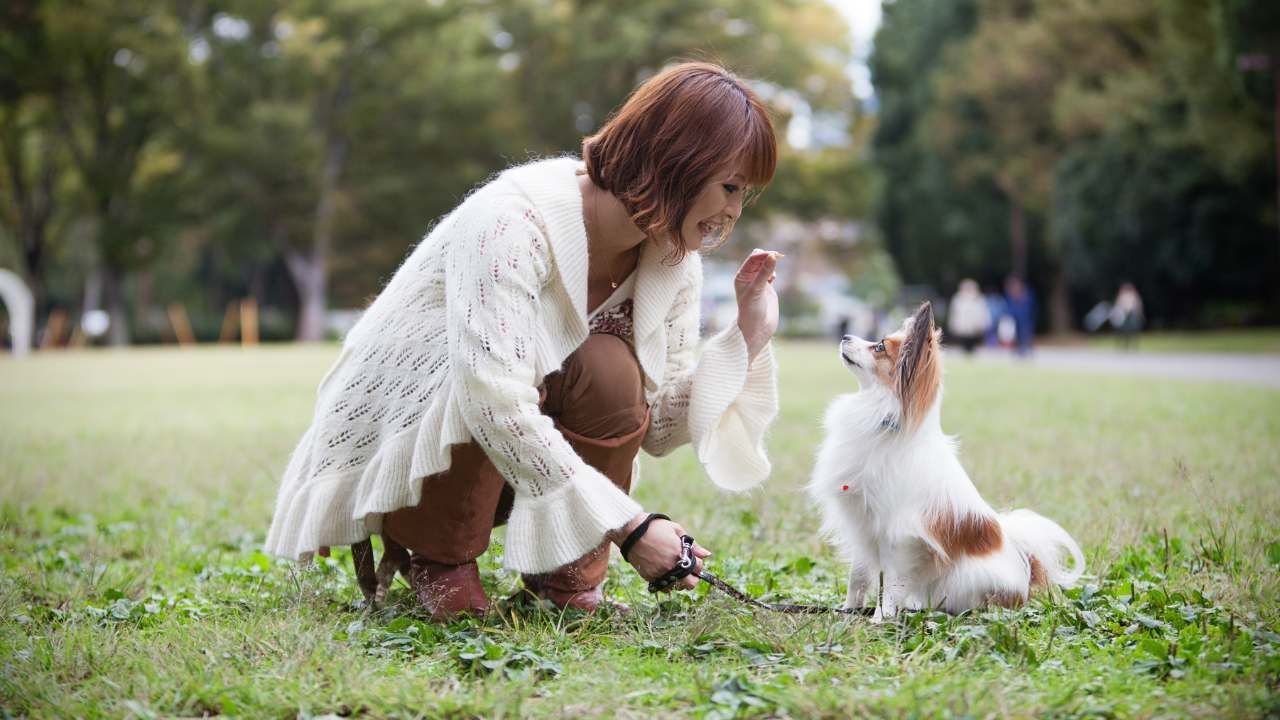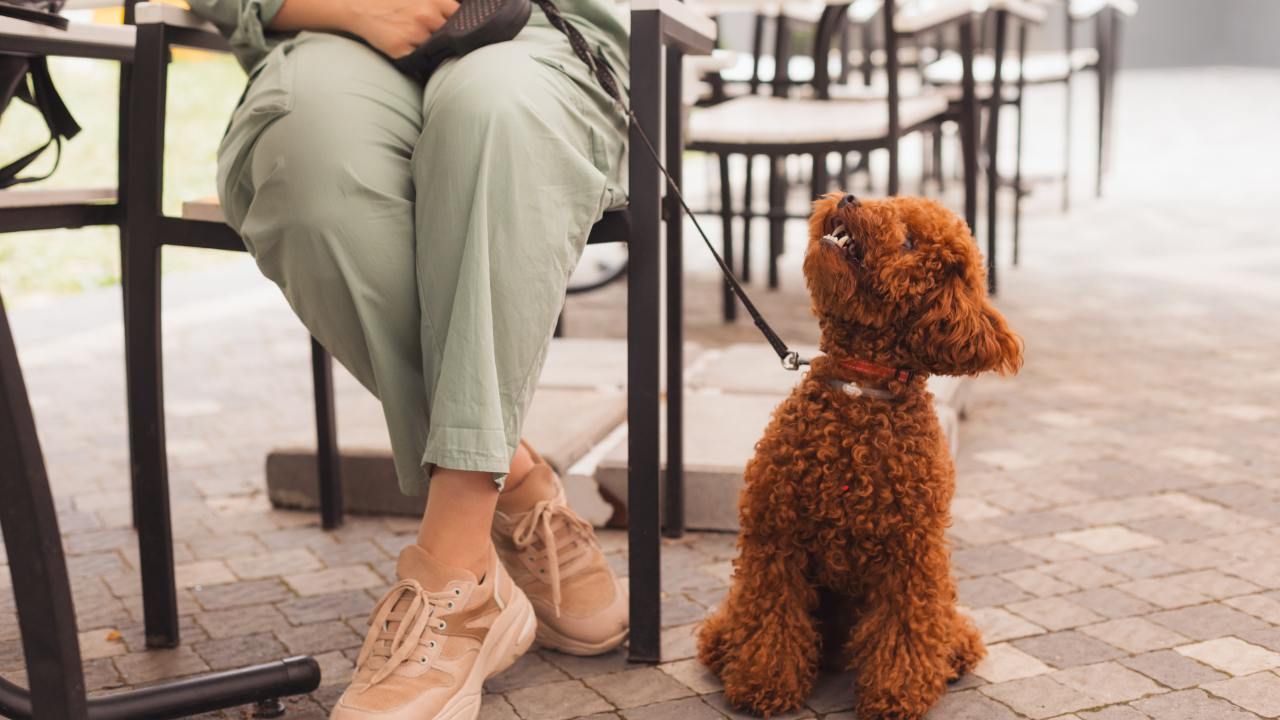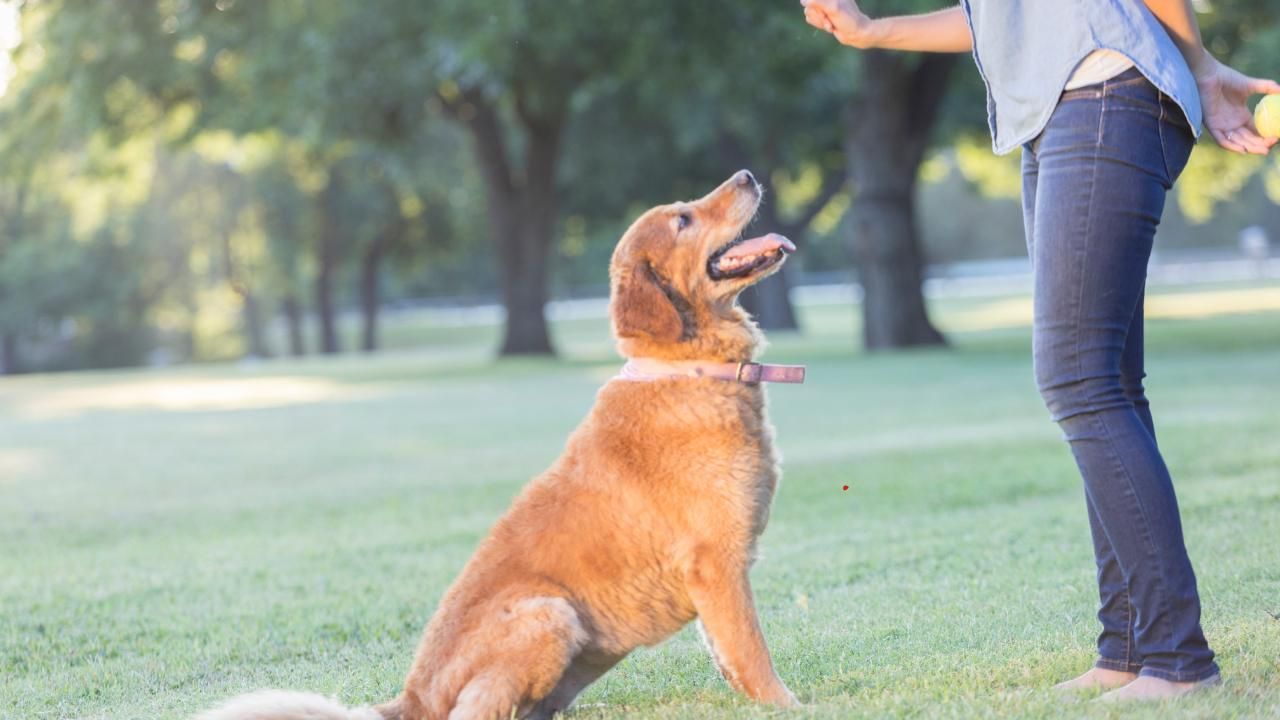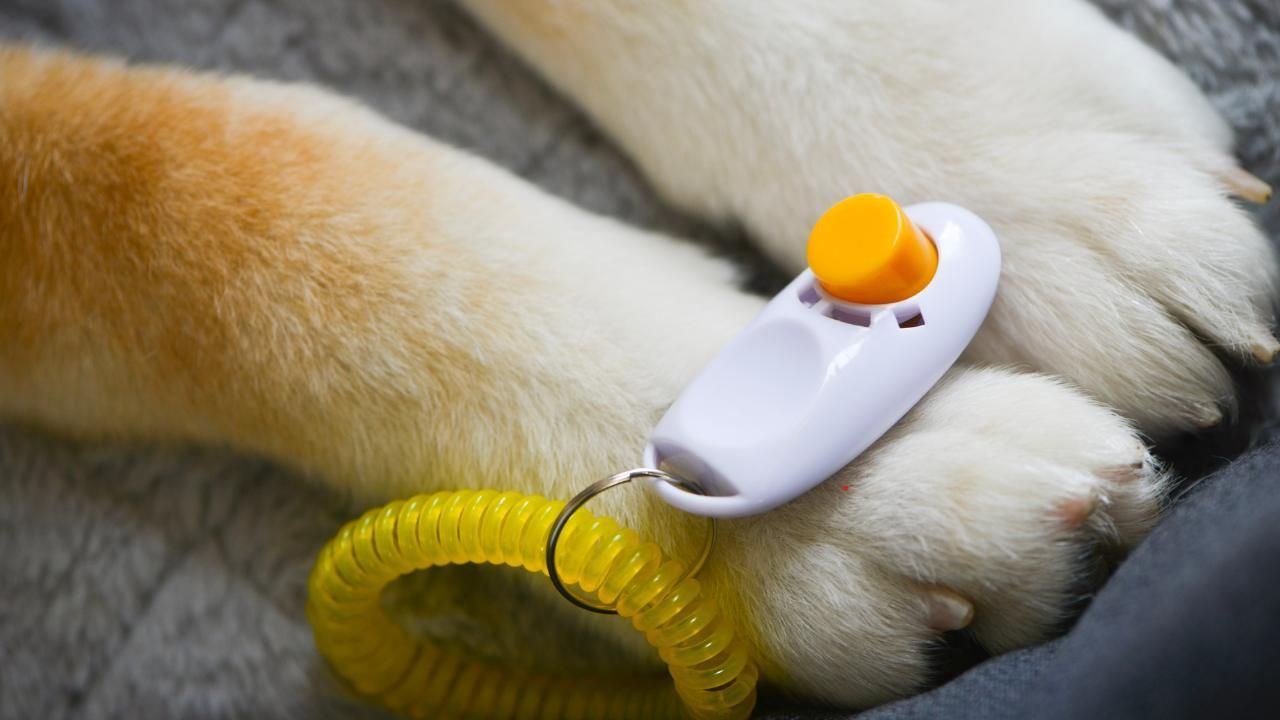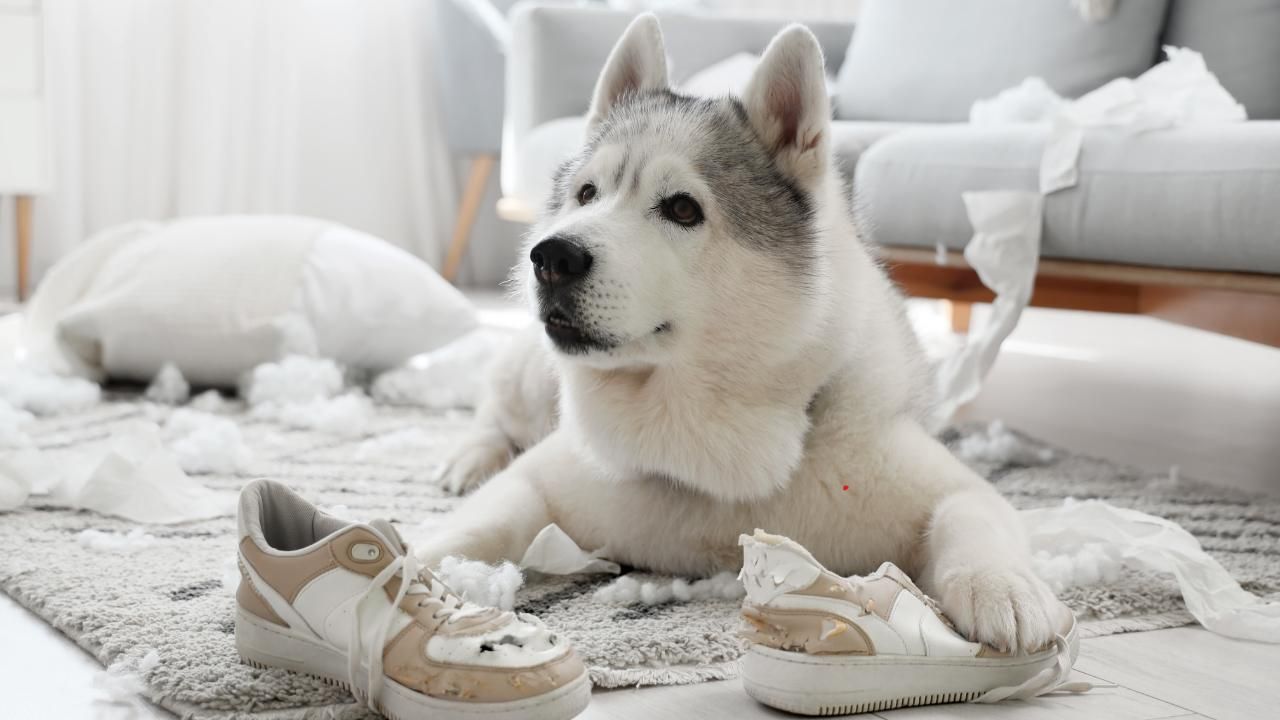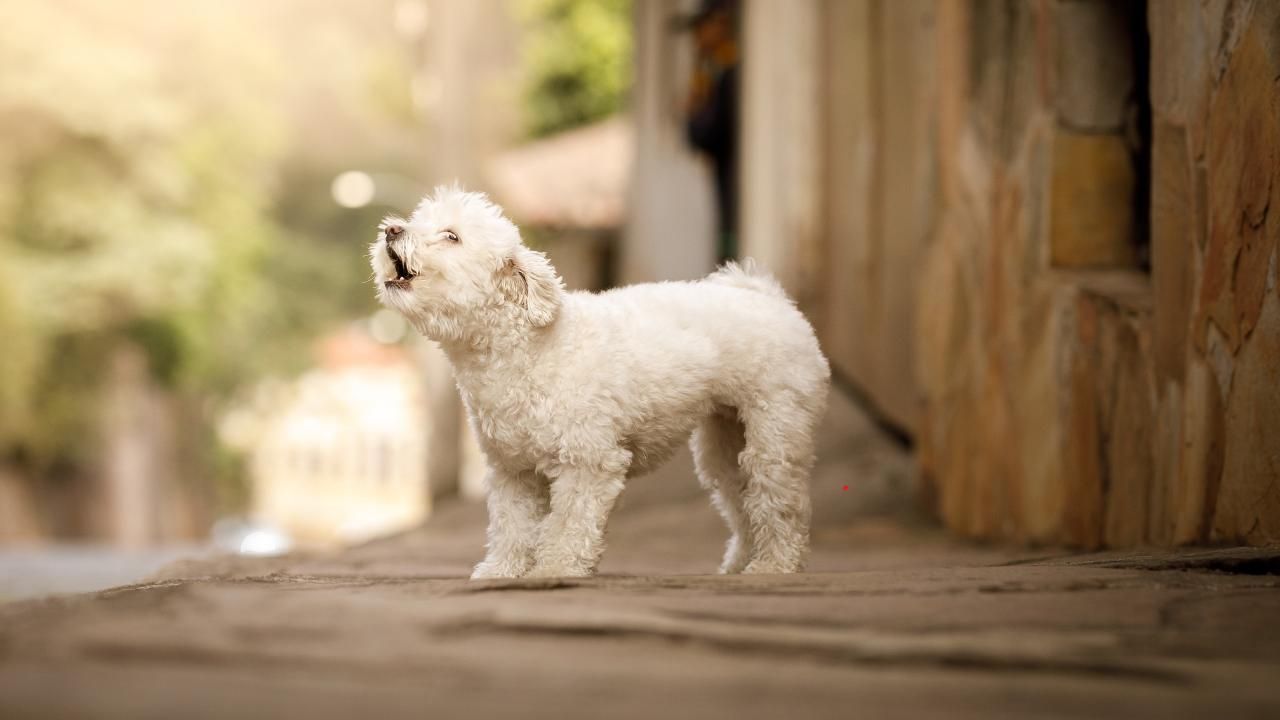Command Chains: Teaching Complex Behaviors Step by Step

Ever wonder how service dogs perform multi-step tasks like fetching an item, closing a door, or turning off lights? It’s not magic—it’s the result of careful training using command chains. Whether you’re working with a puppy or an adult dog, this technique can turn basic obedience into impressive, reliable routines.
In this post, you’ll learn what command chains are, why they work so effectively, and how to use them to teach your own dog more advanced behaviors.
What Are Command Chains?
Command chains are sequences of smaller commands that build up to a complex action. Think of them like building blocks—you teach each block separately before connecting them. For example, “fetch the remote” might involve these steps:
- Go to the remote.
- Pick it up.
- Bring it to you.
- Release it on command.
Each behavior is mastered individually and then linked together in order, so your dog learns that completing one step leads to the next—and ultimately to a reward.
When done correctly, chaining helps your dog understand context, sequence, and purpose. It’s especially useful for intelligent breeds like Bernedoodles, who thrive on mental challenges. If you’re looking to start fresh, there are Bernedoodles puppies for sale in Scottsdale AZ from reputable breeders such as Doodling Pups, LLC, known for producing healthy, intelligent pups ready to learn and bond deeply with their owners.
How to Build a Command Chain
Start simple. Choose two commands your dog already knows—like “sit” and “stay.” Then, gradually link them. Ask for “sit,” reward compliance, and then immediately say “stay.” Once your dog can hold both commands together without confusion, add a third.
Here’s a quick roadmap for success:
- Break it down. Don’t rush to combine everything. Each behavior should be strong before you move on.
- Reward progress. Give treats or praise after each step, especially early in training.
- Fade rewards. As your dog learns the full chain, transition to rewarding only after the entire sequence is complete.
- Use backward chaining. This means teaching the last behavior first—so your dog always ends on a success. For example, teach “drop” before “fetch” so they associate the end of the task with getting a reward.
This approach not only improves recall but also builds confidence, helping your dog anticipate the flow of complex actions.
Common Mistakes to Avoid
One of the biggest pitfalls is inconsistency. If you change your tone, timing, or reward schedule, your dog may get confused about what’s expected. Another common issue? Pushing too fast. Dogs, just like humans, need repetition and patience to master a skill.
Avoid these mistakes:
- Mixing commands without clear separation.
- Expecting perfection too soon.
- Neglecting to reinforce completed chains regularly.
Consistency and clarity are key. The clearer your cues, the more your dog trusts the process—and you.
Case Study: From Playtime to Precision
A family in Arizona adopted one of the trained Bernedoodles from Doodling Pups, LLC. Their dog, Luna, started with simple obedience—sit, stay, come. Within a few months, they used command chaining to teach her to fetch specific toys, carry them to a basket, and put them away. It became her favorite “game,” and the family noticed a remarkable improvement in her focus and patience.
Luna’s story shows that chaining isn’t just for service dogs—it’s a tool for everyday life that builds confidence, sharpens obedience, and strengthens the bond between dog and owner.
The Big Picture
Command chaining turns ordinary training into something extraordinary. It’s about showing your dog how small actions connect into meaningful tasks. Whether you want to teach your dog household help or fun tricks, chaining gives you a structured, rewarding path forward.
So grab your clicker, prepare your treats, and start linking those commands one step at a time—you’ll be amazed at what your dog can do.
Ready to train a dog that listens, learns, and impresses everyone? Start by building strong foundations—and if you’re looking for a bright, trainable companion, send a message to Doodling Pups, LLC.

